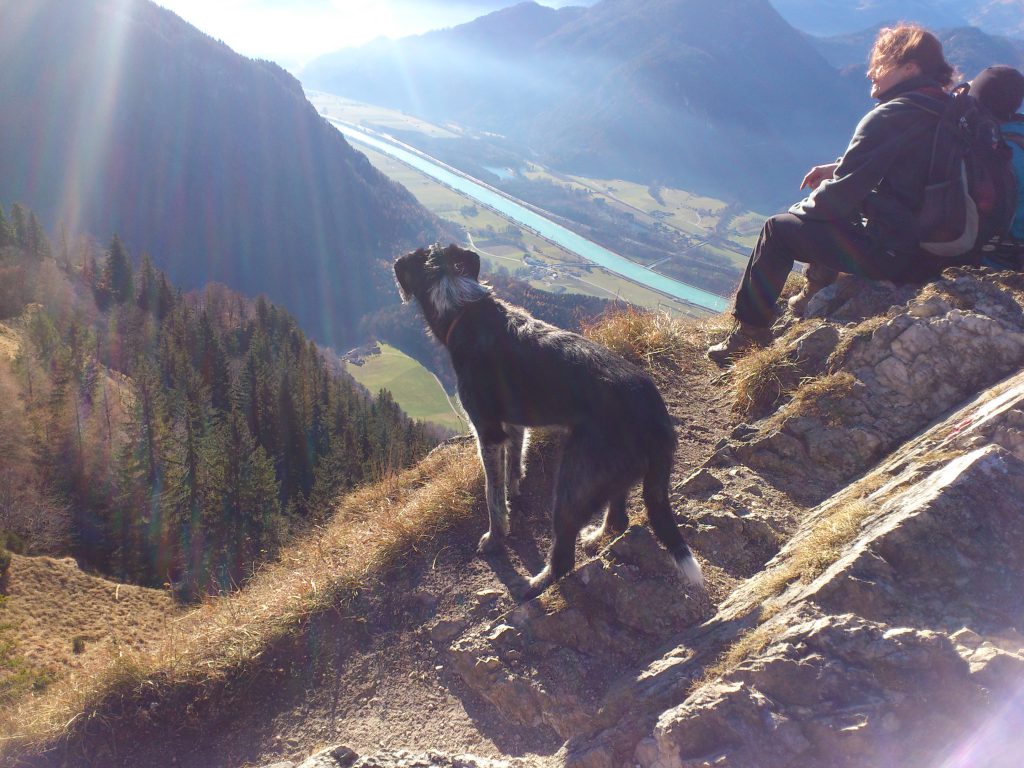Philosophy
Everyone has the right to freedom!
Yes, but individual freedom involves the tolerance of others. Therefore we have to teach our dogs to adapt to the human environment. This includes not to chase after joggers or bikers and not to nick the ball from playing children.
Luckily a lot of dogs behave well and do not cause problems – and that without tremendous obedience training. But just as every human is unique, so is every dog. And some of them bark at other human and dogs, pull at the leash and turn a deaf ear when summoned. Especially those dogs need clear rules and limitations.
The most important element for a dog owner is to learn to play the social part within the dog-owner-relationship, that makes decisions, has the right to give orders, to deny things but also to allow them. Depending on the dogs personality this might result in a conflict, which should be accepted and used as a possibility to learn and to change the dog-owner-relationship.
Successfull dog training
It is illusory to assume, that conflicts can be solved just with praise and treats. A dog wouldn’t wait until another dog drops the bone voluntarily and reward that. It would use aggression and make it physically and unmistakably clear to keep away from the bone.
It has nothing to do with violence to block the dogs way, to bump into it or to pinch the dogs coat as an interruption for unwanted behavior as this is how dogs communicate with each other and enables the dog to learn quickly what is not allowed.
When a dog knows and respects the limitations, it can act freely within these boundaries. Every dog should have the right to mainly run off leash, to have contact with other dogs, to walk, trott and canter and sometimes even to eat poo and roll in something smelly.
A dog with no limitations however is condemned to a life time leash sentence. A long training leash might mean more freedom for the dog. But the dog owner only frees tree roots and twigs from the muddy leash.



